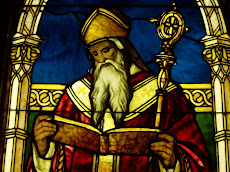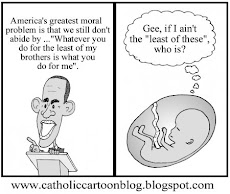On this ninth anniversary of 9/11, I should like to take my reader back, briefly, to "9/10." But, instead of Sept. 10, 2001, I have selected 1683. There is limited space in a newspaper column, so history buffs among my readers will have to forgive my simple précis.
I refer to the date of a very large, outdoor Papal Mass. It was not sung by the Pope himself -- at the time, Innocent III, one of history's great reformers -- but by his legate. The location was the hill of Kahlenberg, to the west of the walls of the city of Vienna, as they then were. The participants were 16,000 troops assembled by King John III Sobieski of Poland.
They had come to face the armies of Mehmed IV: the Ottoman Sultan and Caliph, unquestionably the greatest power in the Islamic world, and perhaps the world generally, since the fall of Constantinople in 1454 had capped the Muslim conquest of the Byzantine Empire. Constantinople (now Istanbul) had itself only fallen after many attacks and sieges over centuries.
Vienna had been under its own latest siege and bombardment since July. The first had been in 1529; another had continued for more than 20 years. This one was easily the largest: a force of more than 70,000 of the feared Ottoman Janissaries were backed by as many reserves, and all were supplied by a vast logistical network through the Balkans. Every conceivable preparation had been made, with the benefit of a sesquicentury of experience, to assure that finally Vienna would be taken. This in turn would open the Danube to further Ottoman conquests, into the heart of Europe.
Fortified by the Mass, the Polish troops went into action. The main engagement was on Sept. 11, 1683 (making today the 327th anniversary). It was notably the largest cavalry charge in history.
In the space of a few hours, the Ottoman armies were routed. At least 20,000 bodies were left on the field, mostly Janissaries, and all cannon were abandoned as survivors scattered in a wild, disordered retreat. On Sept. 12, there were mop-up operations.
I wonder how many of my readers knew the significance of the date that al-Qaeda chose to launch its terror attacks on New York and Washington? We may not remember history, but they do.
Those who forget their own history will never understand their present.





No comments:
Post a Comment